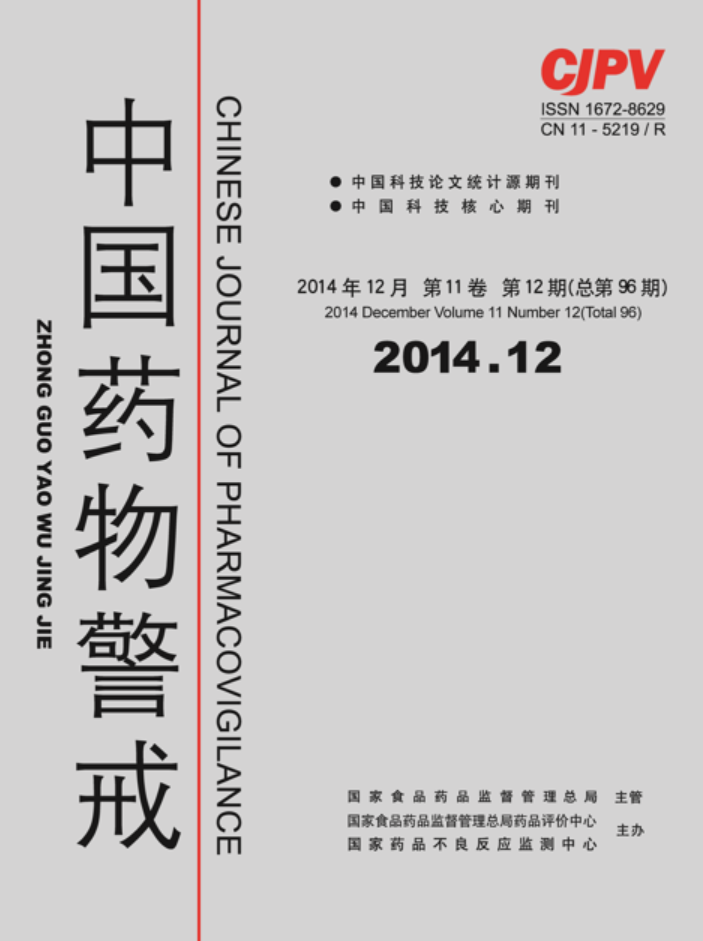|
|
Srudy on Definition and Scope of Adverse Drug Reaction Surveillance
WANG Da-you
2014, 11(12):
732-738.
ObjectiveTo clarify the definition and scope of "adverse drug reaction surveillance". MethodsThe etymology, usages, and previous definitions of 'surveillance' were examined. The history and practice of adverse drug reaction surveillance was reviewed and a distinction among the concept framework of "adverse drug reaction surveillance","pharmacovigilance" and "pharmacoepidemiology" was made. ResultsThe targets of surveillance are harmful potentially; "ongoing","systematic", "collection", "analysis", "interpretation", and "dissemination" have been seen in any surveillance program. Surveillance starts as soon as the drug is first approved or at any time thereafter. The collected data involves not only the safety problems caused by the nature of the drug, but also related to drug standards, pharmaceutical production, drug storage and drug usages. Information technology has greatly promoted the surveillance. ConclusionDefinition of adverse drug reaction surveillance is proposed: A public health program aimed to adverse drug reactions, consisting of a set of processes for the ongoing systematic collection, compilation, analysis, interpretation of drug safety data(including relevant spontaneous reports, electronic health records, and experimental data), closely integrated with the timely and coherent dissemination of the results and assessment to those (including regulators, healthcare professionals and public) who have the right to know so that action can be taken. The purpose is to learn the distribution and trend of drug safety, to identify, evaluate, understand, and communicate the unexpected adverse drug effects, to perfect the drug benefit -risk profile, in order to prevent or mitigate the harmful effects of drugs.
References |
Related Articles |
Metrics
|
